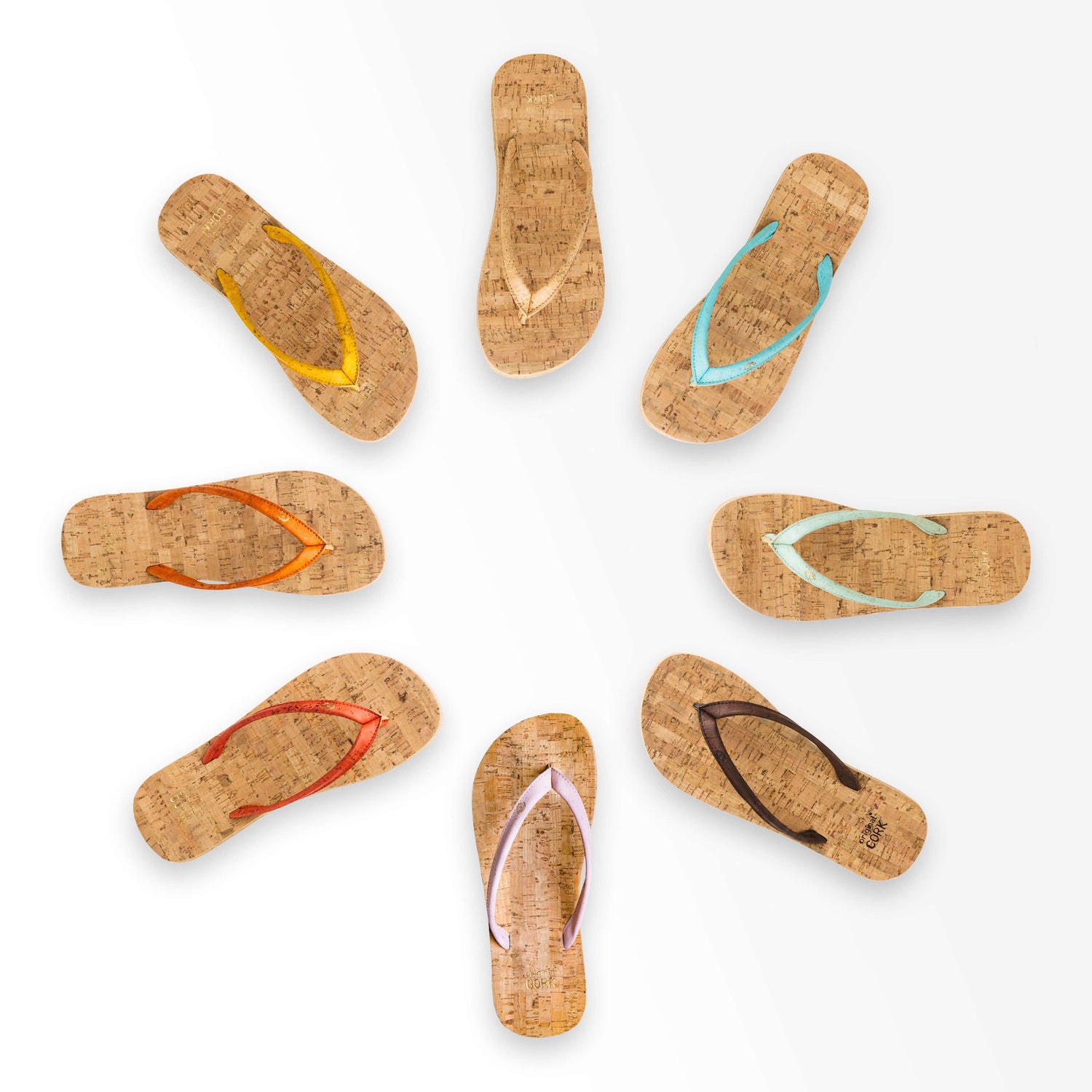A long time ago, I started to become conscious of the effect that our shortsighted, fast-paced lifestyles were having on the planet, on animals, and on our own health. I decided to dedicate myself in every possible way to lowering my personal carbon footprint, and began looking for ways to help other people do so as well.
When I visited Portugal for the first time, I quickly came across all sorts of things made from cork - bags, wallets, jewelry, umbrellas, you name it. I couldn’t believe what a beautiful material it was, and how natural and elegant these cork items were.

At this point, I became interested in learning about cork. How do they make cork fabric, floorboards, and wine stoppers? Where does it come from? What gives it its natural properties that lend to its use in so many different things, properties that are unique to natural cork?
I soon started doing research, and learned that there was so much more to cork than I’d ever realized. Cork is truly one of man’s best friends in the plant kingdom, and always has been.
Cork is a rather paradoxical substance, as nature is always the best chemist. Due to its cellular make-up, it is able to store air molecules outside of its cells in an intricate structure, comparable to a honey comb, in a way that retains enough moisture to keep it supple, but is resistant to water infiltration. It is able to store heat and act as an insulator, while being fire-resistant.
These qualities are all possible because of Suberin, the naturally occurring substance stored inside of cork cells. Suberin is a wax, which makes it hydrophobic like a fat, but a solid, malleable, rubbery structure at ambient temperature. A wax doesn’t melt at high temperatures or freeze at cold temperatures. But, it repels water and is insoluble in water.

I learned that cork forests are not endangered because of the use of cork, but on the contrary, could become endangered due to not using enough cork! Cork oaks can only grow in the soil and climate of the Mediterranean, and it is one of the most important trees for preventing desertification, as it retains water within its roots and acts as a watershed. Cork forests are home to a vibrant eco-system of plants and animals, many of which are rare or endangered. Cork bark must be harvested from the cork oaks, which keeps the trees alive and thriving. When cork bark is harvested, the trees begin to produce more oxygen and absorb more CO2, and this extends the lifespan of the trees as well.
This was the spark that created HowCork. My partner and I realized, while spending time in both Europe and America, that cork products were nearly unheard of in America, and very difficult to find. So, we decided to take action and open HowCork, sourcing beautiful cork accessories from ethical brands around the world (mainly in Portugal) to help spread the word about the importance of using cork material in new and innovative ways.
People have begun to take notice of cork, as designers look for new ways to replace unsustainable, polluting materials such as leather and synthetic petrochemical fabrics. Slow Fashion is taking hold, and we are only at the very beginning of the move toward renewable resources in the textile industry. Cork has been used since ancient times, and cork has a huge role to play in the world that we create moving forward.


